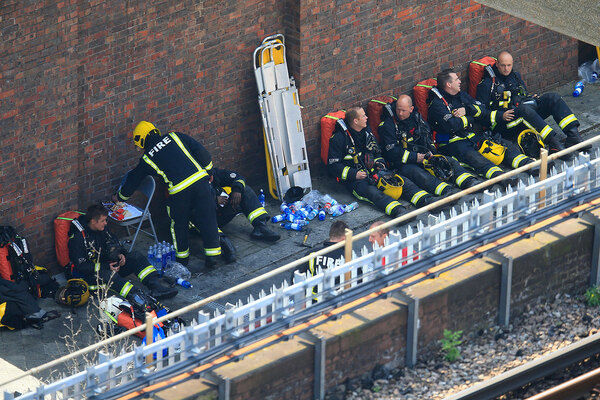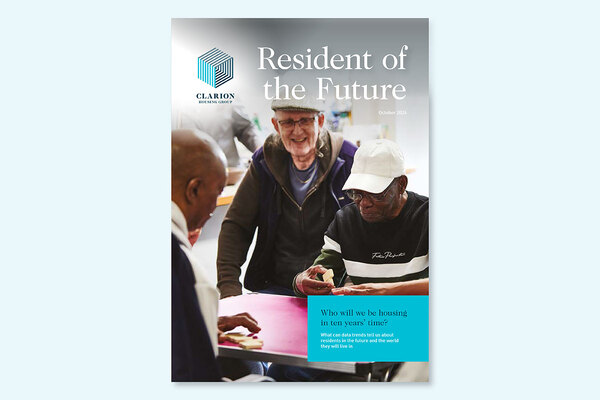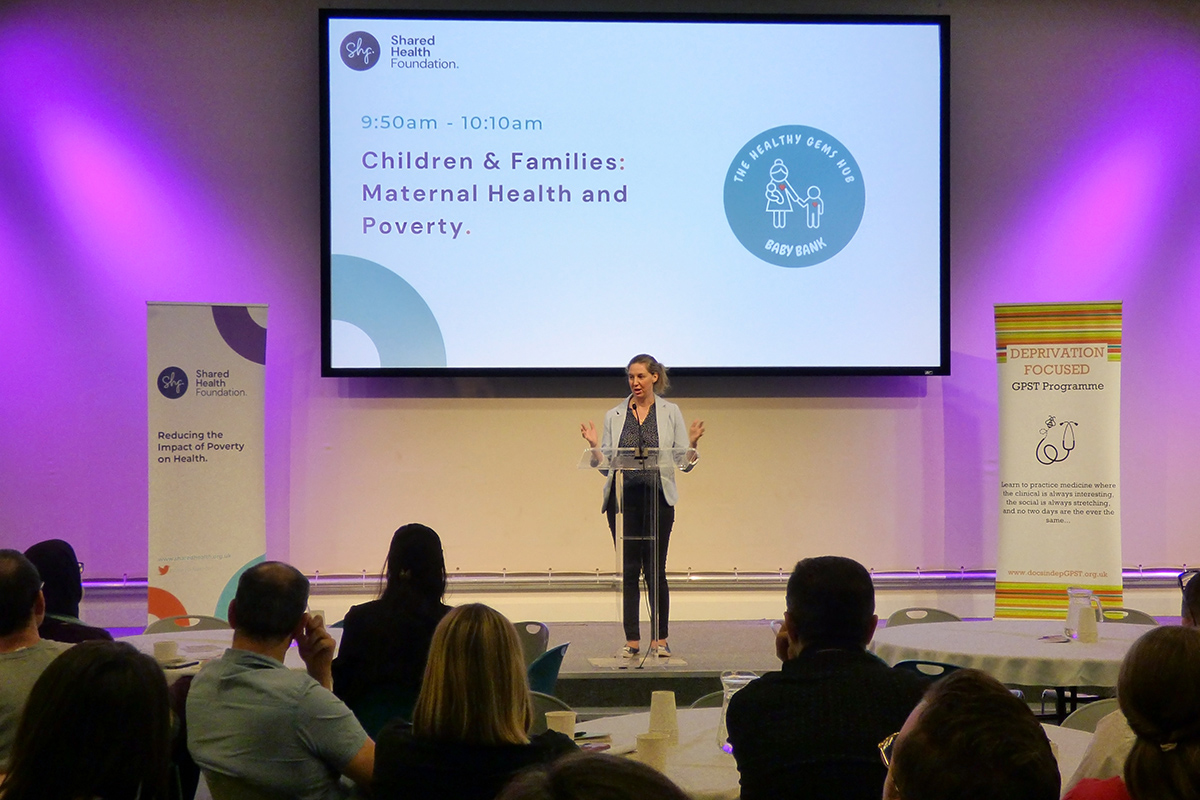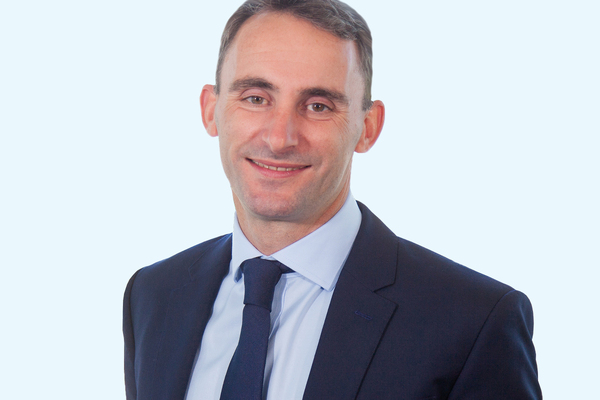You are viewing 1 of your 1 free articles

We are not building the right housing for our ageing population
We need everybody to work together to build good quality, affordable, accessible housing, says Catherine Foot

Housing is rightly a top priority for government at the moment. We urgently need to build more affordable homes.
But faced with the scale of immediate problems in the housing market, we’ve lost sight of the need to think about the future. Overall, across the country, we’re not building the right new housing for our ageing population.
By 2025 there are projected to be 8.2 million households in England headed by someone who is aged 65 or over – an increase of 23% from 2015. And the number of households where the oldest person is 85 or over is growing faster than any other age group.
By 2025 there are projected to be 1.5 million such households – a huge increase of 54% from 2015. What sort of housing do these extra million households need?
We know that living in a home that suits you as you age – a home that provides an environment that you can be safe in, be comfortable in, and where you can keep living the life you want – is very important to people.
“Why is it that not enough new housing is being built to meet the demands that the baby boomer generation will have in the coming years?”
The right homes can keep us happy, healthy and connected. And, by doing this, they help us to avoid unnecessary health and social care costs.
As we age, we are more likely to experience difficulties with mobility and carrying out day-to-day tasks at home.
Whereas only about 6% of us experience difficulties like this when we are 65, that rises quickly to half of us by age 85. However, only 1.7 million homes (7%) in England meet the four basic standards of accessibility.
Why is it that not enough new housing is being built that will meet the demands that the baby boomer generation will mostly likely have in the coming years and decades?
The most obvious problem is that building accessible homes is marginally more expensive to developers.
So what can be done? Some local areas – including London – have made building to accessible standards (or ‘category 2’, as the 2015 housing standards jargon defines them) mandatory.
But at the very least, all local authorities need to:
- Understand the current and future need and demand for accessible housing in their areas, taking full account of the implications of an ageing population.
- Set plans on the basis of this analysis, for example with quotas for how much of each standard of housing they will provide.
- Be clear and transparent as they subject potential new developments to viability tests, recognising that the increased costs to developers of building more accessible homes are remarkably modest (only an average of £521 more expensive in build costs for a three-bed property), and that the financial burden on developers must be weighed against the financial burden to taxpayers of the health and care costs of unsuitable housing.
Building Starter Homes for younger working families is of course crucial. But we have to recognise the bigger picture that continuing to fail to build housing stock suitable for people’s whole lifetimes, while perhaps immediately slightly cheaper now, will prove an expensive mistake in the future.
“The most obvious problem is that building accessible homes is marginally more expensive to developers.”
Today is ‘For Accessible Homes’ day, organised by Habinteg, the housing association that specialises in accessible homes. Accessible homes aren’t just a priority to meet the needs of our ageing population, they are also essential to meet the needs – and rights – of disabled people of all ages to suitable homes.
But building more accessible homes has to be part of the answer to housing our ageing population well. We need a much more diverse range of housing options available.
We need to challenge the stereotype that getting old inevitably means moving into residential care. Together with extra care housing, retirement communities, co-housing schemes, and many other innovative models, accessible homes have to be a bigger part of the future of housing in this country.
We need designers, developers, central government, planners, housing associations and the voluntary sector to work together creatively – and constructively – to build the good quality, affordable accessible housing we need and want as we age.
Catherine Foot, director of evidence, Centre for Ageing Better








